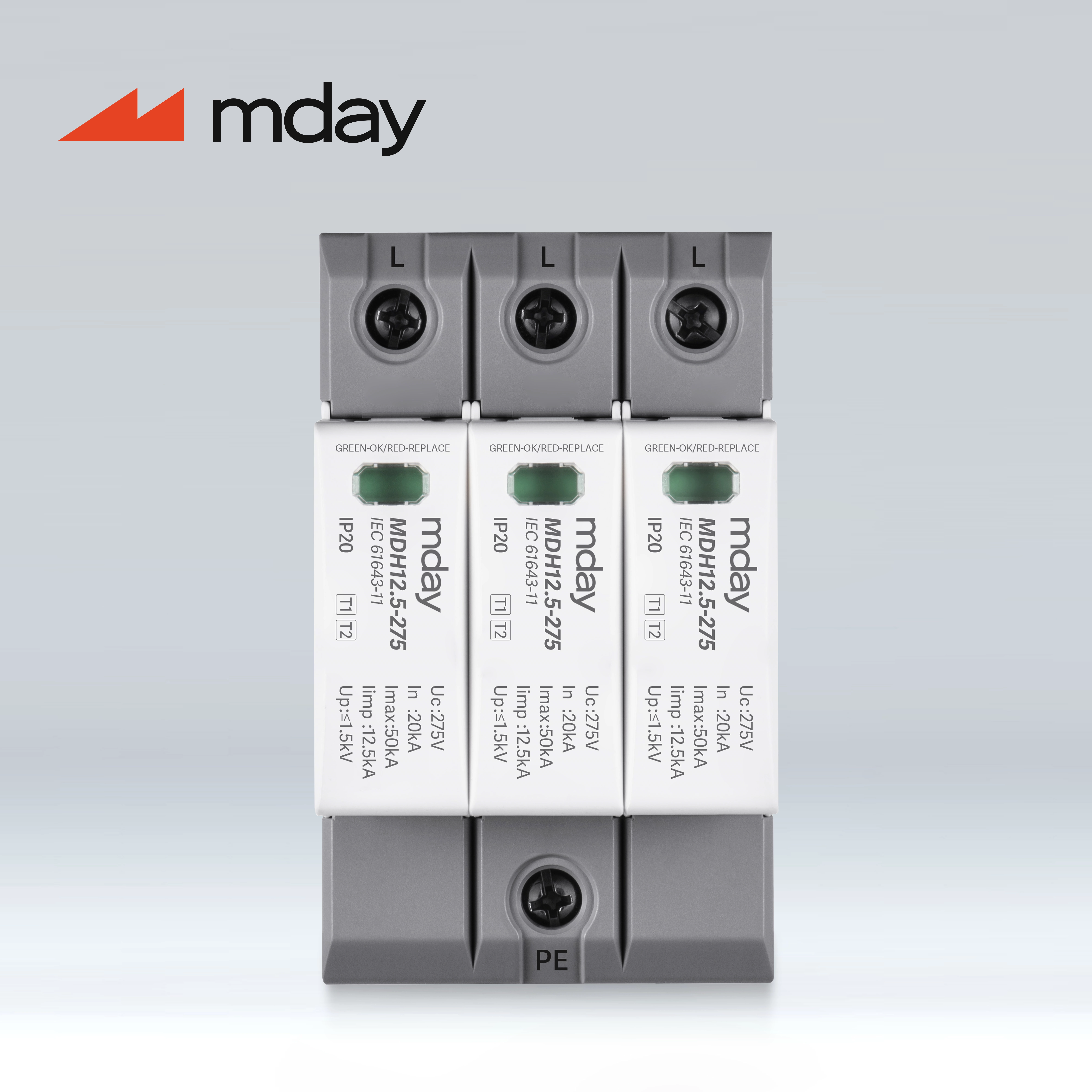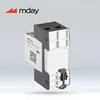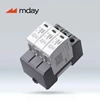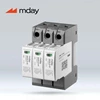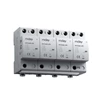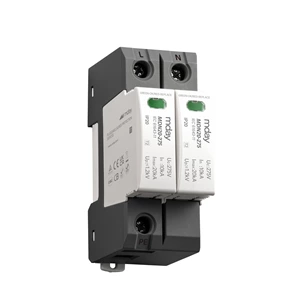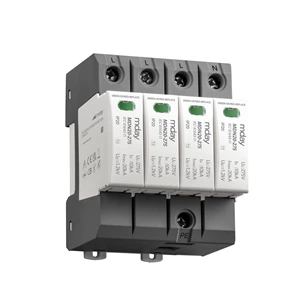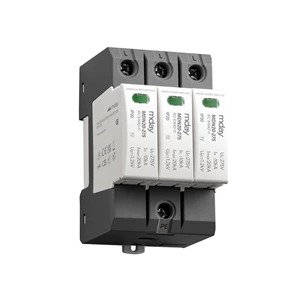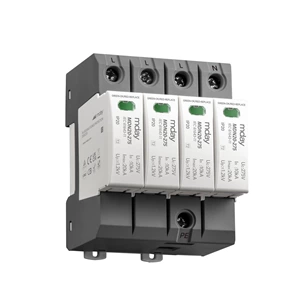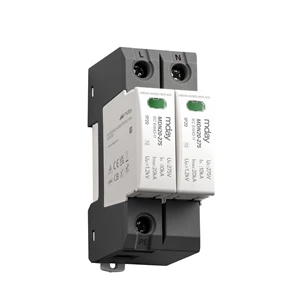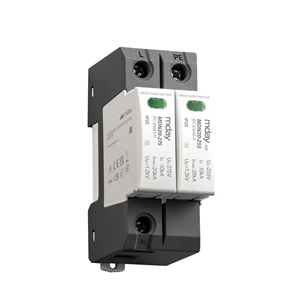The Difference Between Class B Surge Protector And Class B+c Surge Protector - A Must-read Manual For Selection
Do you know what a surge protector is? In modern electrical equipment, a surge protector is a necessary electrical component that can protect electronic equipment from external overvoltages, such as lightning strikes and grid mutations. The lightning protection system generally uses level I, II, and III surge protectors, level II surge protectors, and level III surge protectors. In addition, there are also level B, level C, and level B+C surge protectors. What is the difference?
1. What are B, C, D, and B+C surge protectors?
surge protection device are classified into level B, C, and D surge protectors according to the installation location. This classification method comes from the old German national standard, which was introduced by German Shield when it entered the Chinese market. It has been invalidated and replaced by the latest level I, II, and III surge protectors. Therefore, the B+C surge protector is equivalent to the commonly used composite level I+II surge protector.
2. The difference between Class B surge protector and B+C surge protector
1. Class B surge protective device refers to T1 surge protector, which has a large flow rate and a higher UP value than B+C surge protector.
2. Class C surge protector generally refers to the lightning protection product that can be used as the second level of protection of the system with a lower UP value.
3. B+C surge protector has the characteristics of high flow rate of primary surge protector and low UP value of secondary surge protector.
(1) Currently, only a few manufacturers produce B+C combined lightning protector. Its basic structure is similar to that of ordinary Class B voltage-limiting lightning protector. Both use varistors in parallel to increase the flow capacity of the product. Those who are familiar with the characteristics of varistors know that the voltage gradient of the varistor can be adjusted by different formulas. The smaller the voltage gradient, the thicker the varistor chip, the higher the residual voltage, and the better the thermal capacity of the chip; the larger the voltage gradient, the heavier the varistor chip, the lower the residual voltage, and the worse the chip capacity. Its maximum current capacity is about 60KA.
(2) Compared with Class B (Level 1) surge protectors, B+C surge protectors can not only withstand high-current lightning currents, but also have the characteristics of low voltage protection level Up. Its internal structure is more complex than that of pure Level 1 surge protectors and is usually used for Level 1 surge protection.
(3) Class B surge protectors are suitable for relatively stable environments, such as areas with relatively stable power environments. B+C surge protectors are suitable for installation in areas with frequent thunderstorms, and their protection is more comprehensive and complete than that of Class B surge protectors.
When installing a surge protector, how do you choose which surge protector? This depends on the specific conditions of your electrical equipment and the installation site. If you need more electrical protection and the installation environment is subject to frequent lightning strikes, then a B+C surge protector will be a better choice to protect your electrical equipment from overvoltage. If your installation environment is relatively stable, then a Class B surge protector can also provide you with appropriate protection and safety.
